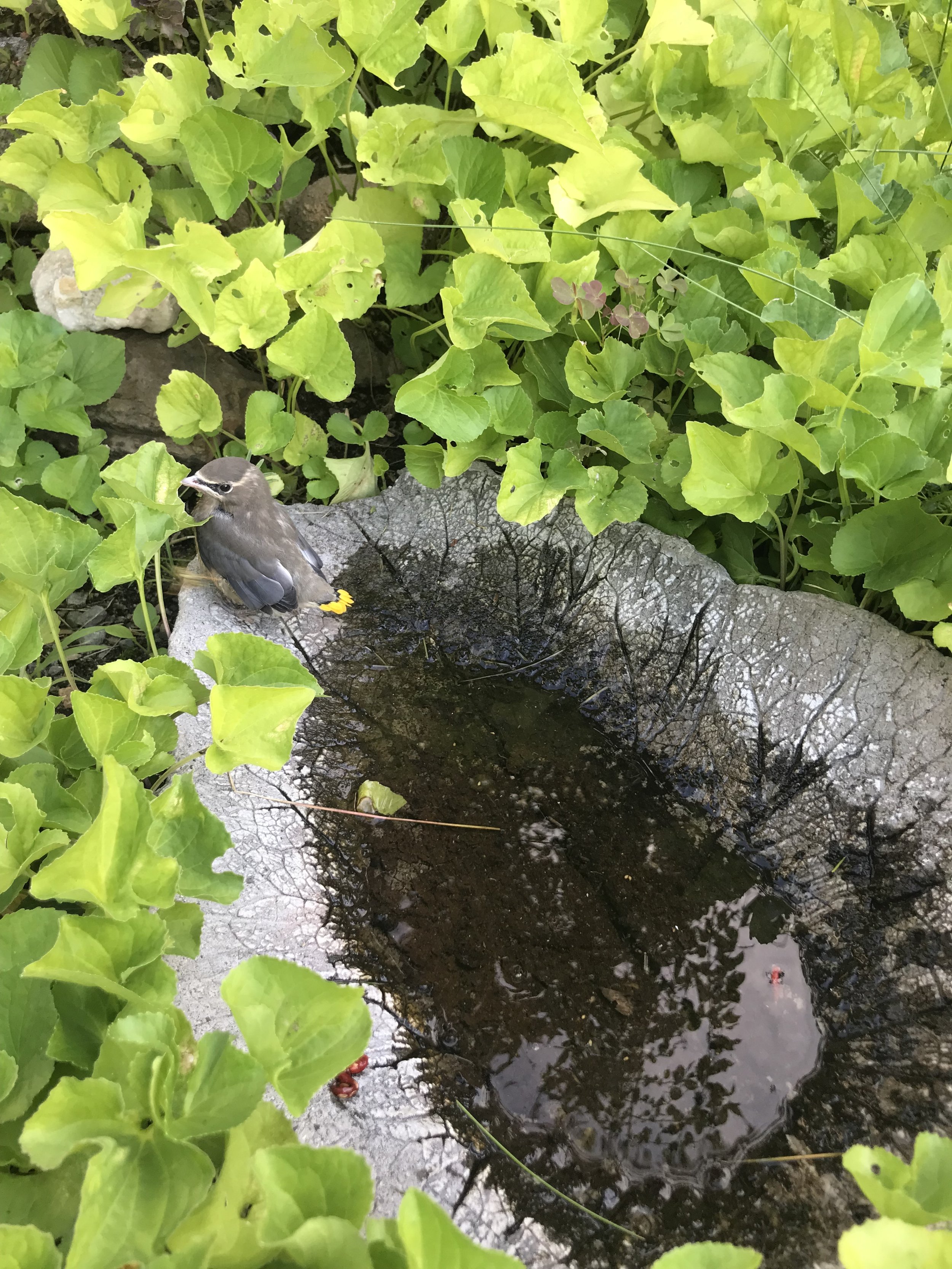
Watering & Feeding Your Plants
Understanding how to water and feed thoughtfully can make the difference between surviving and thriving. Whether you’re new to gardening or a seasoned grower in the Inland Northwest, these tips will help you develop healthier, more resilient plants.
Deep and Infrequent Watering: What It Means
When you water your plants deeply, they will establish a deeper and better root structure by encouraging a strong anchoring root and the essential hair root structure that gathers nutrients and water for the plant.
Allowing your watering schedule to be infrequent trains plants to weather periods of dryness, giving it the resilience they need to withstand times of drought and for long-term health.
First-year plants typically start with watering every third day.
As the plant matures, gradually increase the interval to every four, five, six, or seven days, seeing what your plants can endure.
Each year presents different weather conditions, so watering should never be rigid. Stay flexible and tuned in to your plantings.
It is important to know that these are broad guidelines for watering. Each plant can perhaps pose a unique set of watering needs and understanding this well will set you in the right direction for success.
Walk Your Garden
A weekly walk-through helps you check in with your landscape. Look for signs of dryness, overwatering, or pests—this simple practice builds your intuition as a gardener and allows you to experience the peace and joy of spending time with your plants.
Using Drip Irrigation Efficiently
Drip irrigation is an excellent, water-efficient tool — when used properly.
As plants grow, increase the number of emitters to cover a wider area of the root zone.
Move emitters outward toward the dripline to reach the feeder roots.
Make sure your system is adjustable so it evolves with the plant.
Check your emitters throughout the season to be sure they are in working fashion.
How to Know When to Water
Skip the high-tech gadgets and use the simplest tool: your finger.
Insert your finger into the soil up to your first knuckle.
If the soil is moist, hold off.
If it’s dry, it’s time to water.
This tactile method is quick, effective, and builds a better feel for your garden’s needs. Interacting with your plants in such a way will bring you not only the confidence you are looking for, but also a true engagement with your landscape by tuning in frequently and appreciating the little, or big changes as the garden transforms seasonally.
Feeding Plants in Poor Inland Northwest Soil
Our local soil is high in minerals, low in organic matter, and often alkaline. That means feeding is important — but quality and method matter.
Best Practices for Fertilizing
Use a slow-release, organic, all-purpose granular fertilizer.
Look for one with beneficial microbes (like mycorrhizae) to help build healthy soil.
Stay away from high-nitrogen or synthetic fertilizers that can create plant dependency and degrade soil health over time.
Apply feed up to twice a year, once in early summer and again in late fall after plant’s leaves have fallen.
For larger areas use a seed spreader to broadcast your granular fertilizer.
Avoid fertilizer spikes — their release is based on soil temperature and can dump too much feed at once, harming the plant.
Using fertilizer and compost together is not necessary, but a great practice.
Watch the Numbers
Choose a fertilizer with low, balanced numbers (e.g., 5-5-5 or 4-6-4). We highly recommend avoiding anything in the double digits, especially in our climate with sharp seasonal shifts.
Compost: The Slow and Steady Feeder
Topdressing with compost adds organic matter and nutrients to the soil gradually and often acts as a mulch as well. We like using this in place of wood chips or bark, since it actually feeds the soil. Whereas wood chips, in fact, pull nutrients out of the soil in order to break down its components. If using your own home grown compost, consider adding a small amount of wood chips to enhance this mulching effect. Or, if buying bagged goods, choose a product with a more woody feel.
Final Thoughts on Water and Fertility
Watering and feeding are two of the most important habits in gardening, but they don’t need to be overwhelming. The goal is to support plant health through observation, consistency, and flexibility.
Healthy soil and a thoughtful approach to watering build stronger roots, hardier plants, and a garden that can thrive even in our tough conditions.
Let’s Grow Together!
Have questions? Ask away. Whether you’re unsure about soil prep, staking, compost choices, or plant selection — we love to share our gardening insights.


